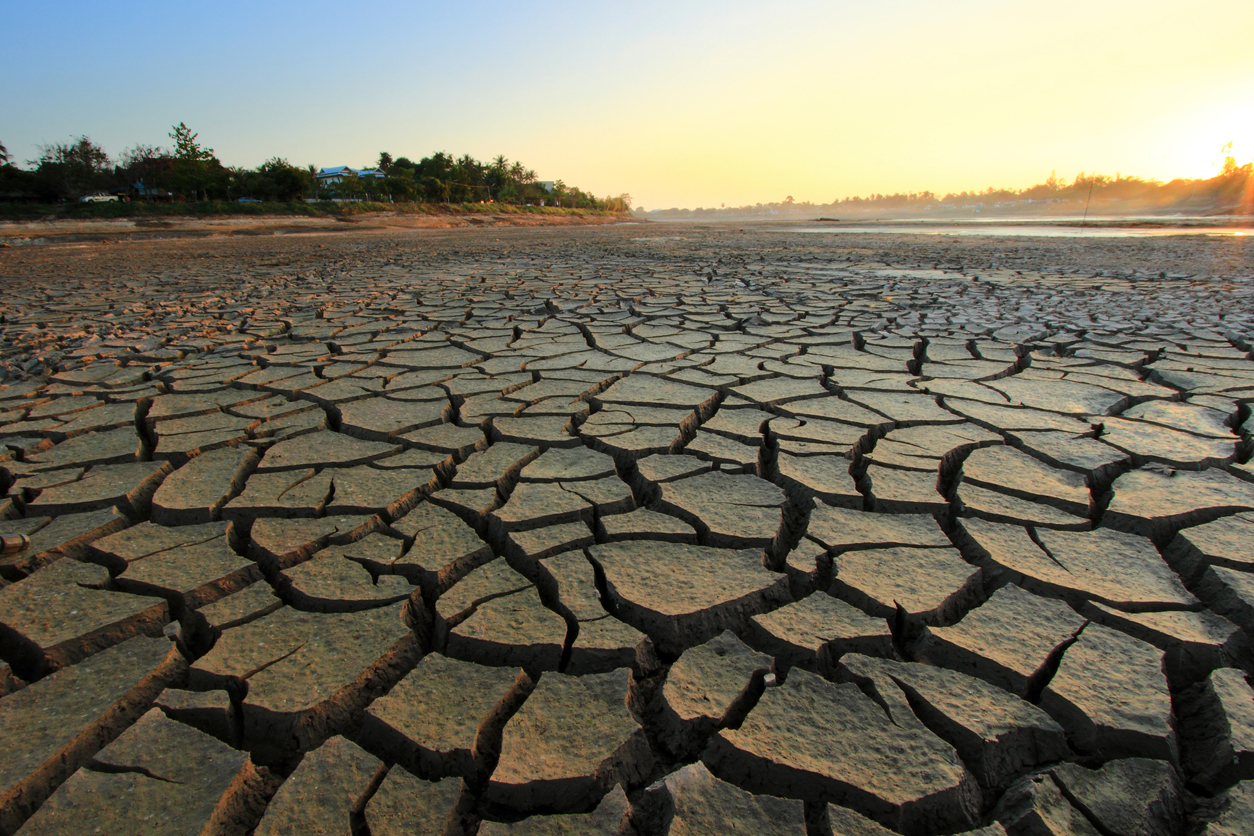
California has experienced numerous droughts and water restriction periods over the years. High population density and expansive agricultural areas strain limited water resources, especially in arid regions that depend on snowpack. The worsening effects of climate change, including prolonged droughts and historic wildfires, have reduced water reserves to critical levels. There is not enough water for the state to continue its current levels of consumption.
This past August, California responded to the water emergency by implementing the most drastic water restrictions on record. The restrictions mainly impact agricultural use, and farmers will not feel the effects evenly. Your agricultural water treatment insurance clients may feel severe or mild effects, depending on their locations and the nature of their businesses.
California Water Restrictions
The new water restrictions significantly impact the Central Valley and northern California. People in the Sacramento-San Joaquin Delta watershed cannot divert water from rivers and streams to augment their water supplies. The restrictions impact agriculture the most, though some commercial, municipal, and industrial entities are also affected. Domestic and health-related water uses, such as cooking, washing, and drinking, remain unrestricted.
As of August, the rest of California remained under voluntary water restrictions. The state asked residents and businesses to curtail their water usage by 15%, a goal that, if achieved, would save approximately 850,000 acre-feet of water. The governor excluded Southern California from drought declarations because of its access to major state and federal water systems. However, the state government emphasized that declarations and restrictions could lead to more water cutoffs as drought worsens.
What This Means for Your Clients
For farmers, the extent of hardship caused by these water restrictions depends largely on seniority. In other words, your clients who have held their water rights the longest will have first access to water supplies. Beyond the allocation rules, the types of crops they plant also determine how much the water restrictions will affect them. With the restrictions taking effect in late summer, many crops are already past their peak growing season. Therefore, the farmers will not feel as much impact as they would have if the restrictions were implemented in the spring. Their main concern is whether the restrictions will remain in place next year.
What Happens Next
There is currently no set timetable for ending the drought restrictions. This winter’s snowpack, along with rainfall, hydrological conditions, and temperature, will all influence the restoration of water rights. Customer behaviors will have a significant impact, as well. Your water treatment insurance clients can take action by complying with the usage orders and reducing their personal water consumption by the recommended 15%. While there are no guarantees, cooperation and conservation can reduce the strain of water restrictions in the spring growing season.
About Watercolor Management
Watercolor Management has insured the water industry for over 30 years. Our policies include unlimited defense cost coverage in the event of a lawsuit against you. Call us at (855) 929-0824 or email info@watercolormanagement.com for a quick quote for your Water Business Professional, Products/Completed operations, Pollution and General Liability Insurance.




